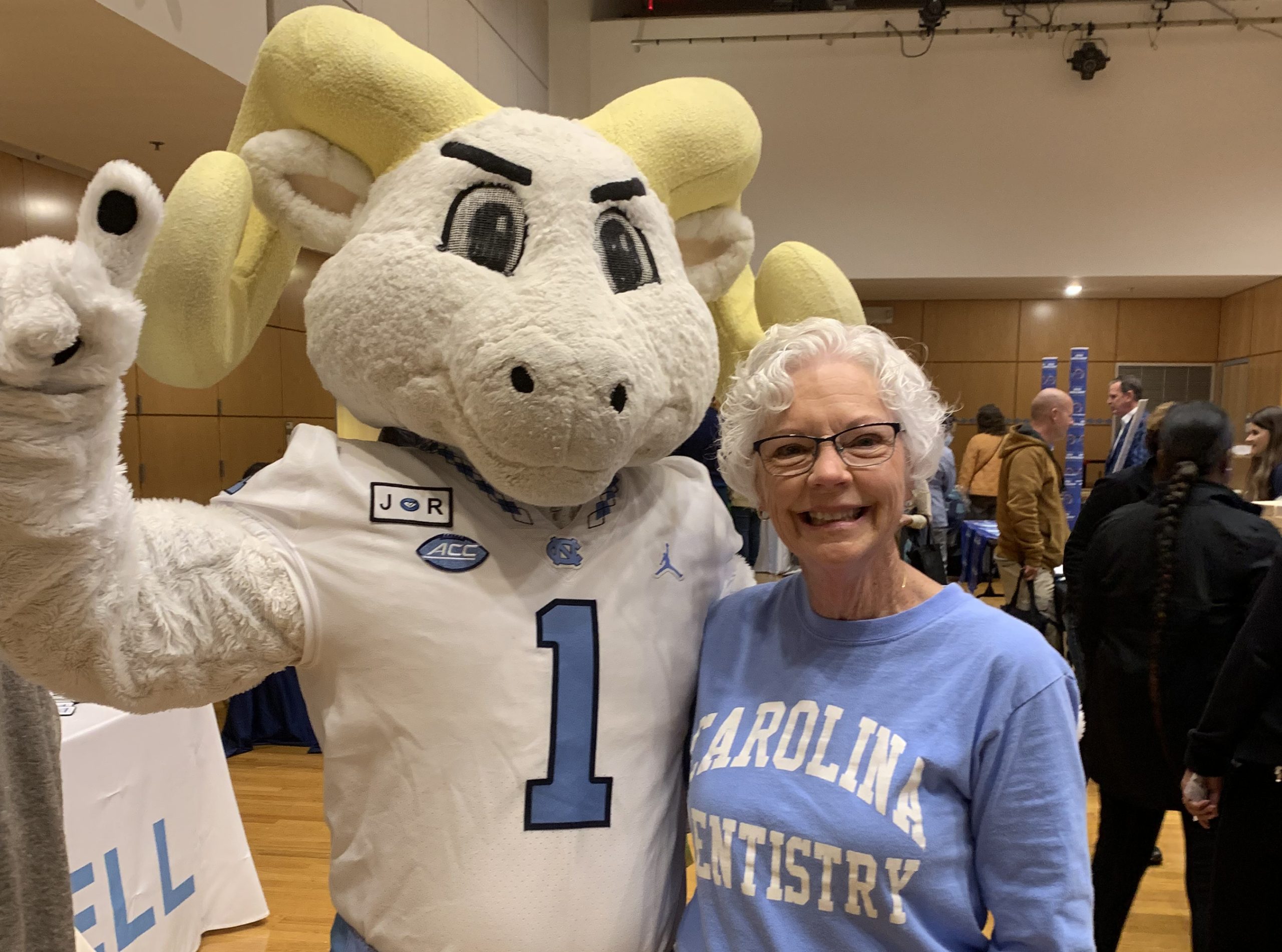Slade, Others Find Tooth Loss in Adults Plummets, Expect Trend to Continue
Adults’ rate of complete tooth loss plummeted during the last half century and continued reductions are expected through 2050, according to a new study by UNC researchers.
In their analysis of U.S. national health surveys, Dr. Gary Slade and colleagues at the UNC School of Dentistry found that the prevalence of complete tooth loss (edentulation) declined from 18.9 percent in 1957 to 4.9 percent in 2009-12. However, income inequalities increased and by 2010 complete tooth loss was found to have contracted geographically to states with historically high levels of poverty.
“Because the surveys were repeated over such a long period, we were able to estimate future trends with greater precision than previous studies,” said Slade, John W. Stamm Distinguished Professor in the Department of Dental Ecology. “Our prediction that prevalence will halve, reaching 2.6 percent by 2050, refutes a widely a held belief that tooth loss is poised to increase as a consequence of population aging.”
The findings are reported online in the current edition (October 2014) of the Journal of Dental Research, the International Association of Dental Research’s peer-reviewed scientific publication.
The results have significant implications for dentistry and dental education according to Dr. Lyndon Cooper, Stallings Distinguished Professor in the Department of Prosthodontics. Cooper was not associated with the study.
“In some communities, people will select edentulation as an economic alternative or along a therapy involving implants,” said Cooper. “Denture therapy will be needed in this context. However, dental schools much reconsider curriculum in terms that address the needs of the community. The changing role of dentures is part of this calculation.”
Slade’s co-authors on the paper are Dr. Aderonke Akinkugbe, a post-doctorate associate in the Department of Dental Research, and Dr. Anne Sanders, assistant professor in the Department of Dental Ecology. The research was supported in part by the NextGen grant funded by the NIH/NIDCR.


